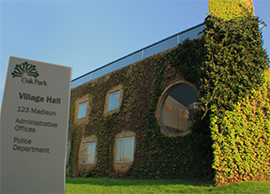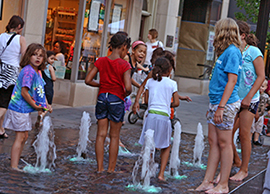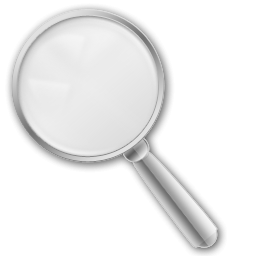An aggressive water system improvement program underway in the City of Chicago means that communities like Oak Park that rely on Lake Michigan water can expect a rate increase on Jan. 1 of every year.
While some may say consumers have no choice but to pay more, there is another option — use less.
Individuals and families who adopt common sense water conservation strategies can not only ease the impact of rate increases, but even help reduce the community’s impact on the shared environment.
Systems that capture gray water from bathtubs and laundries for non-potable uses such as landscaping can dramatically reduce consumption, but can be expensive. Luckily, low- and no-cost options also can have a big impact on a household’s water use and, ultimately, on its water bill.
In fact, small lifestyle changes often can have the biggest collective impact on water use, experts say.
Fixing a running toilet and using flow constrictors on showerheads and faucets (read about free kits below), for example, can save significant amounts of water and help reduce one’s bill.
Taking shorter showers can save lots of water, too. Simply turning off the water while you brush your teeth can reduce water use up to four gallons a minute — that’s as much as 200 gallons a week for a family of four.
Oak Parkers use more than five million gallons of water every day, for which the Village pays Chicago about $6 million each year.
The actual cost of the water Oak Park property owners pay is in addition to local fees that are essential to maintaining the network that delivers water to customers’ taps and carries the waste to regional treatment plants.
Water charges are calculated monthly, but most property owners are billed quarterly. The bill also includes charges for sewer service based on water usage and refuse hauling fees.
Information on ways to conserve water abounds. The Village has compiled a list of some of the most practical approaches — just visit www.oak-park.us/conservewater.
Tale of the leaking toilet
Most people probably think a running toilet is just a noisy nuisance. But it also can be a huge — and expensive — waste of water. A toilet that keeps running after being flushed can waste as much as two gallons an hour. Multiply that times 24 hours, times 30 days and more than 1,400 gallons of water has literally — and needlessly — been flushed down the toilet in a single month. How much could that cost the person who forgot to jiggle the handle? The Village of Oak Park issues water bills every three months. So that toilet left running all day for three months could have wasted more than 4,320 thousand gallons of water during a single billing period. At $8.37 cents per 1,000 gallons of water used — that’s how much the Village currently charges for water — the cost of that running toilet would be more than $36 in additional water on that quarter’s bill. But that’s not the bottom line. Sewer charges are based on how much water is used. The fee is capped at $81 per quarter for a single-family residence, but not for multifamily or commercial buildings. The sewer charge is $2.39 for each 1,000 gallons of water used. So 4,320 gallons of water wasted could cost another $10.32 in additional sewer charges, depending on total consumption. And that doesn’t even consider the negative environmental impact of wasting so much water and sending it back through a treatment facility. So if you hear the tell-tale sounds of a running toilet, don’t ignore it. The typical fix is usually less than $20 and is an easy do-it-yourself project. Just Google toilet repair for all kinds of information and instructional videos. For more information on saving water, visit www.oak-park.us/conservewater.










